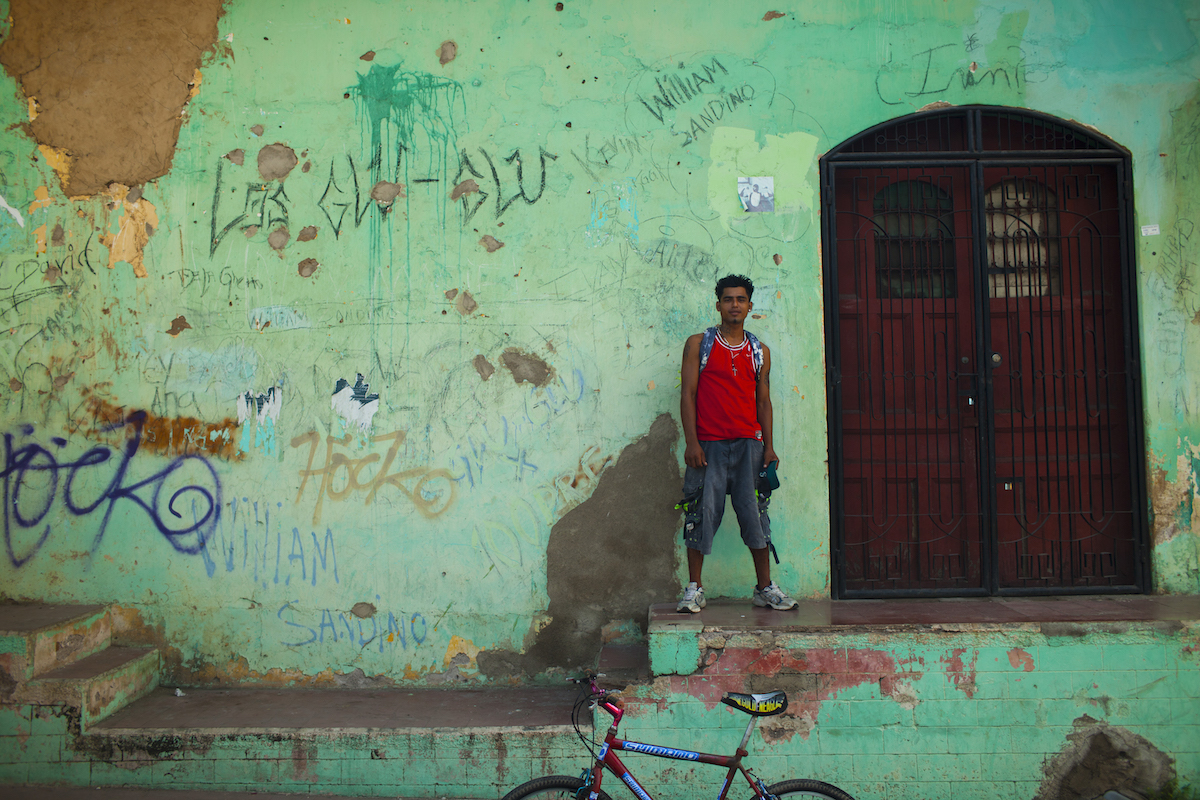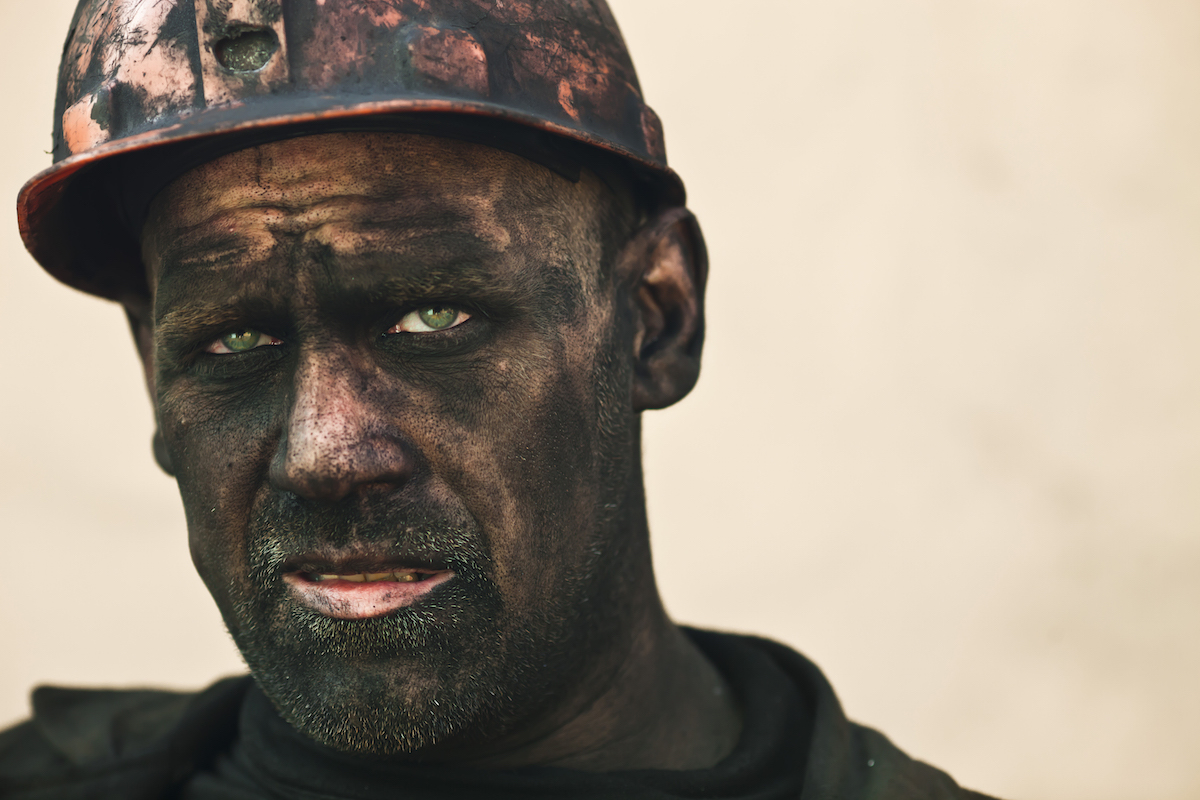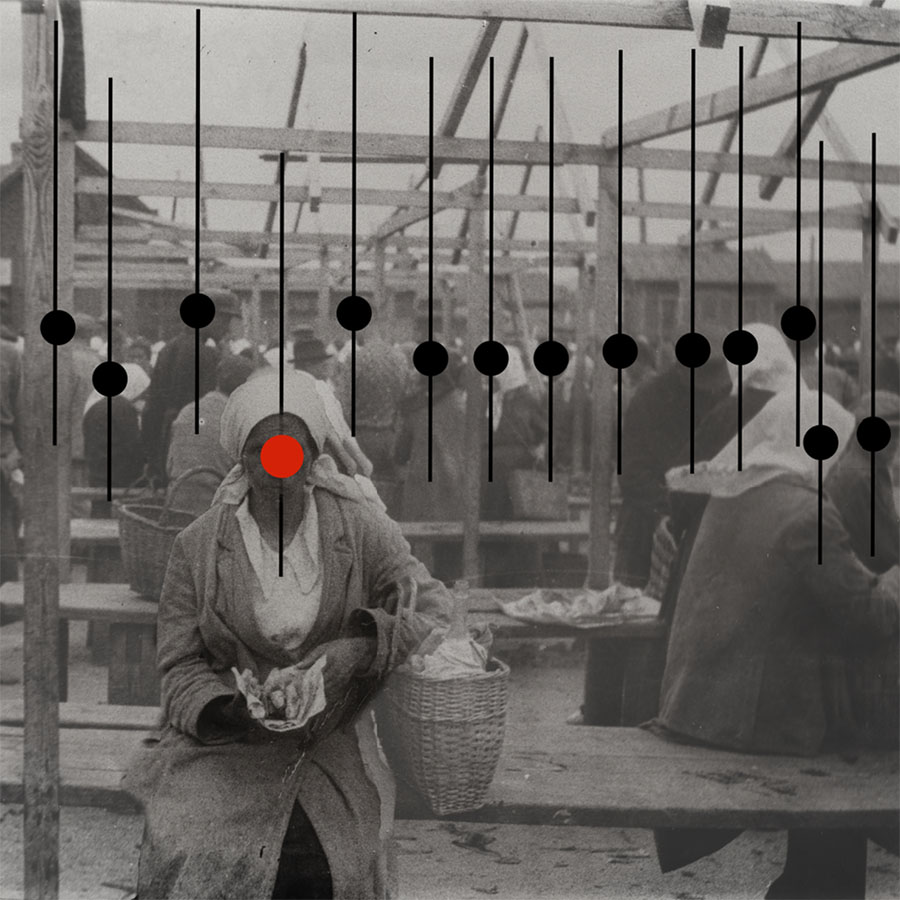Jake Swantko on Documenting Ukraine after the Russian Invasion
We talk to the filmmaker about his return home to capture Kiev and Crimea in the midst of revolt

by Chérmelle D. Edwards

During a recent a trip into Bed-Stuy’s Civil Service Café, we encountered an exhibit featuring photography from second-generation Ukrainian photographer and documentary filmmaker Jake Swantko‘s travels abroad. Some of these photos are part of his new documentary “Fathers and Sons,” which chronicles life from Kiev to Crimea and in Eastern Ukraine after the Russian invasion, using beautiful cinematography that is not often visually associated with war-torn reportage. Swantko spoke with us about why he was interested in taking a solo trip to Eastern Ukraine and his creative process while connecting with his country of origin.
How did you become interested in traveling to Eastern Ukraine?
I’m second generation Ukrainian. I was always interested in the artifacts of our family and it was sort of fading away. For a while I was experimenting with doing more risky work. I wanted to get experience with conflict-style things—it’s a space that few visual artists experiment with and it’s a strange place. When I was at Sundance in 2013, the [protest at] Independent Square was exploding and I knew I’d made a mistake by choosing Sundance over Ukraine. So when I came back from Sundance, I decided to go and spend all my own money doing it.
Was it hard for you to capture footage when you finally made the trip to Eastern Ukraine, considering some parts were a conflict zone?
Every step was nerve-wracking. I entered the country when they invaded Crimea. I travelled down there and it was mayhem. I eventually linked up with a couple of people there who helped me and got me connections to Frontline. Then I began shooting for them. The second time that I went, I launched a Kickstarter to help me go. I knew I wanted to have a news beat but wanted to make it more cinematic and experimental.

What compelled you to experiment with documentary film in such a cinematic way?
I wanted to see more. I wanted to create an experience from the people and then bring in archives to provide context for the place. I wasn’t creating this to take a side, I was creating so that there could be something where you could feel and understand the people.
The people and the environments in which you find them in are beautifully lit, creating a romance to your imagery. How did you achieve that?
I often sat for a few hours a day and people would engage with the camera themselves, so it made it very easy. As far as the lighting, in this profession, you’re in constant collaboration with the sun. If you move with the people, the light will come to you.

You switch the palette from color to black and white. Did you feel it’s what the subject required?
I think it’s smart to shoot in black and white—you learn the value of colors. And I gravitate towards monochrome looks.
As you worked your way through your second trip which “Fathers and Sons” covers, what guided your creative decisions so that the work could be a tool that helps people understand conflict through storytelling?
The idea is to bring cinematography to places that are very difficult. It’s not that big of a footprint in these places so it takes more effort. It’s all about the people and doesn’t have much to do with the environments. I was interested in moments—there’s beauty in the still moments, in people interacting in different environments. I’ve always found redemption in people. No matter how ugly or disgusting the place, there’s beauty in the still moments.
Jake Swantko plans to submit his experimental film “Fathers and Sons” to film festivals in 2015.
Images courtesy of Jake Swantko












